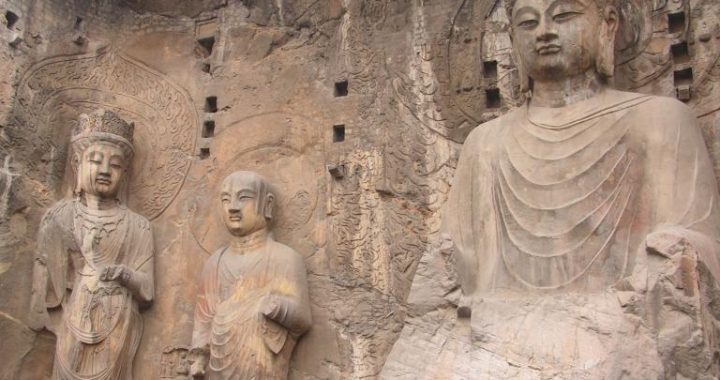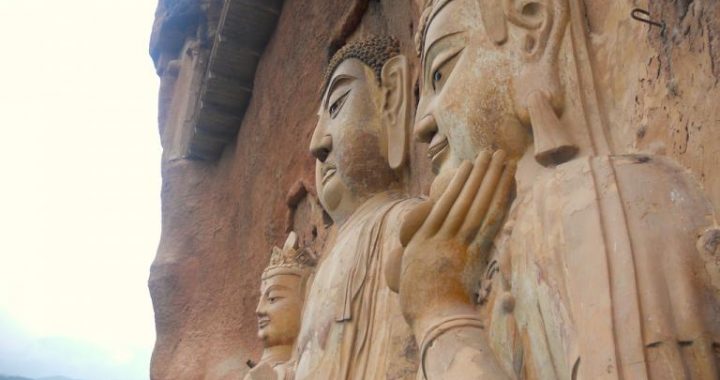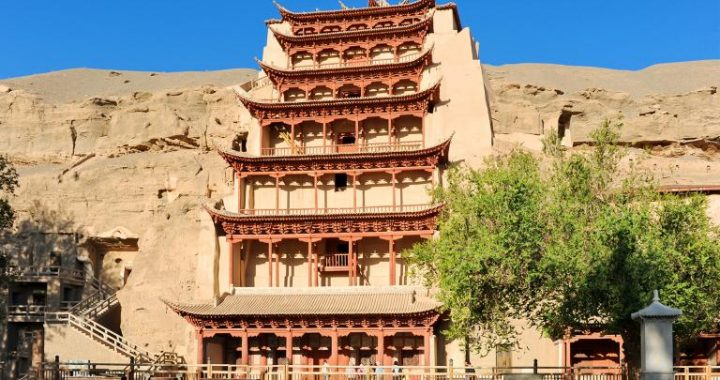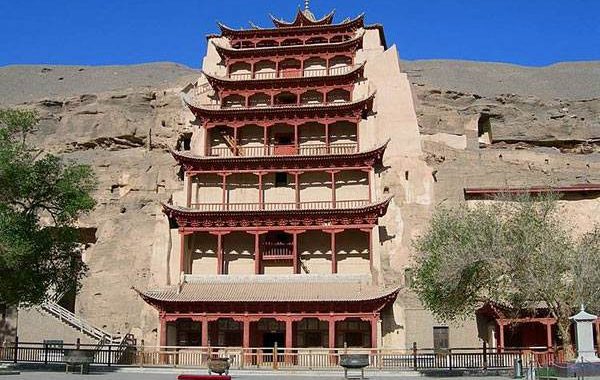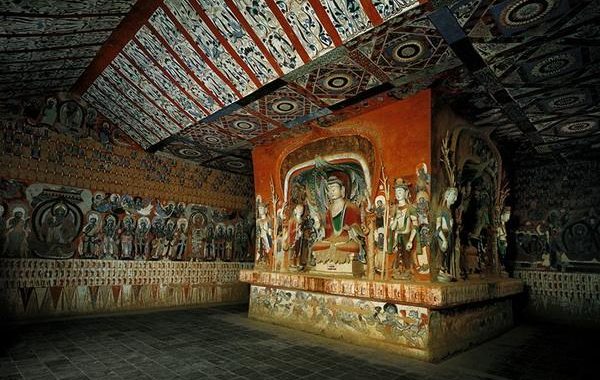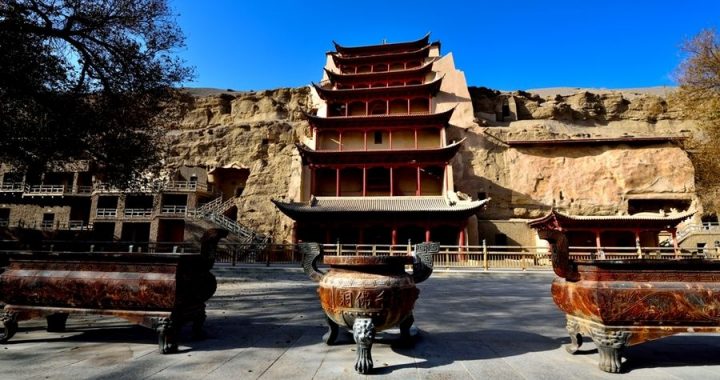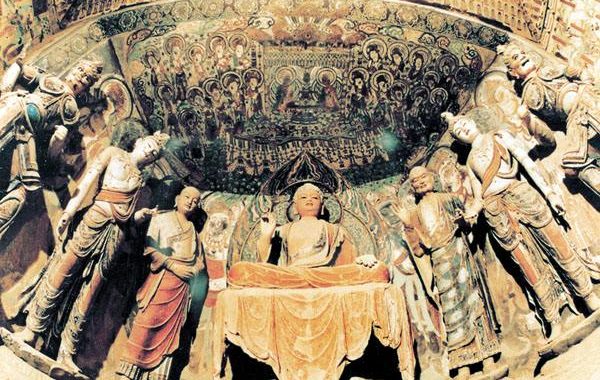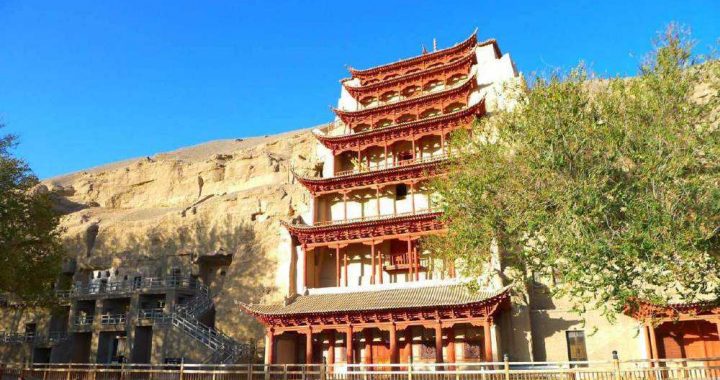Beautiful Guanyin in the Mogao Grottoes
2 min readThe Mogao Grottoes in Dunhuang are considered the foremost representative of grotto arts. Dunhuang, once a town of strategic importance on the Silk Road, is located east of present-day Lanzhou, the capital city of Gansu Province in northwestern China. Over a span of nearly 1,000 years from the 4th century to the 14th century,a great number of people came here to build grottoes on the precipitous cliffs of Mingsha Mountain, ultimately turning this place into an artistic treasure-house combining architecture, painted sculptures and murals.
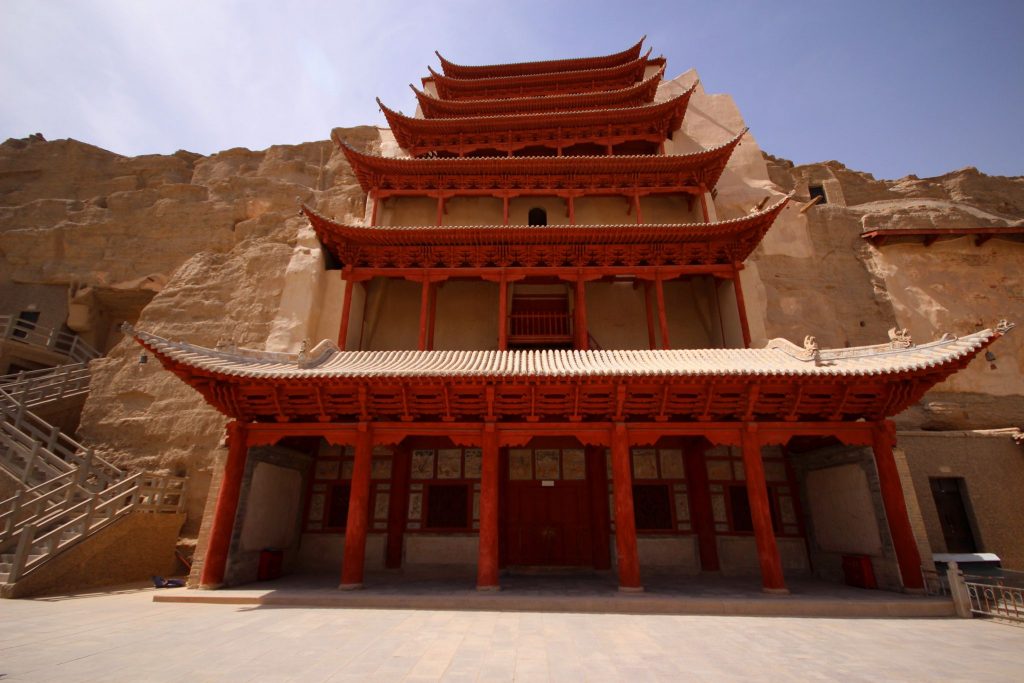
As the statues and paintings mostly depict the Buddha, people also call this place “The Cave of One Thousand Buddha Statues.”
Im Groto 4s in punhuang,a Buddha statue: grace with aloving heart
Guanyin or the Goddess of Mercy, known also as the Bodhisattva, is a sage second only to Sakyamuni, the founder of Buddhism. She is popular among the people for her benevolence and readiness to ease those in distress. It is believed that anyone facing a disaster or danger will be saved as long as they chant her name. The Chinese people have been worshipping Guanyin for more than 1,000 years, through ceremonies still existing today in some areas.A performance named “Guanyin with 1,000 Hands,”first put onstage by the China Dance Troupe of Disabled Persons several years ago, has been hailed by audiences the world over, and is in itself an expression of people’s devotion to the Goddess of Mercy.
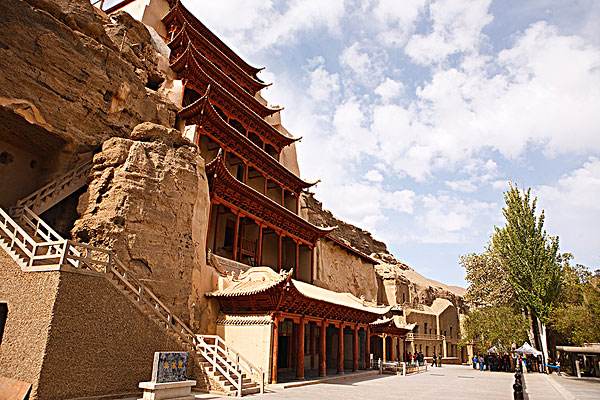
The Mogao Grottoes are an impressive reflection of the rituals of worshipping Guanyin.
There are many statues of the goddess, such as Guanyin with 1,000 hands and 1,000 eyes, and Guanyin with 11 faces. The Goddess of Mercy was originally a male Buddha in Indian Buddhism, but after he was introduced into China he gradually transformed into a woman, becoming the embodiment of all good human qualities, such as gentleness, kindness and tolerance.
In Grotto 45 are two painted statues of Guanyin, completed in the Tang Dynasty (618-907). The two statues are alike in appearance, with a chignon on the head,a celestial robe covering half the upper body, crescent eyebrows, gentle eyes faintly smiling, and a bright and benevolent expression. Both wear necklaces, with their arms plump and their robes long with a lotus design showing underneath. They stand in an elegant S-shape posture, one foot on the ground, the other slightly off the ground, and their bodies gracefully tilting to one side.
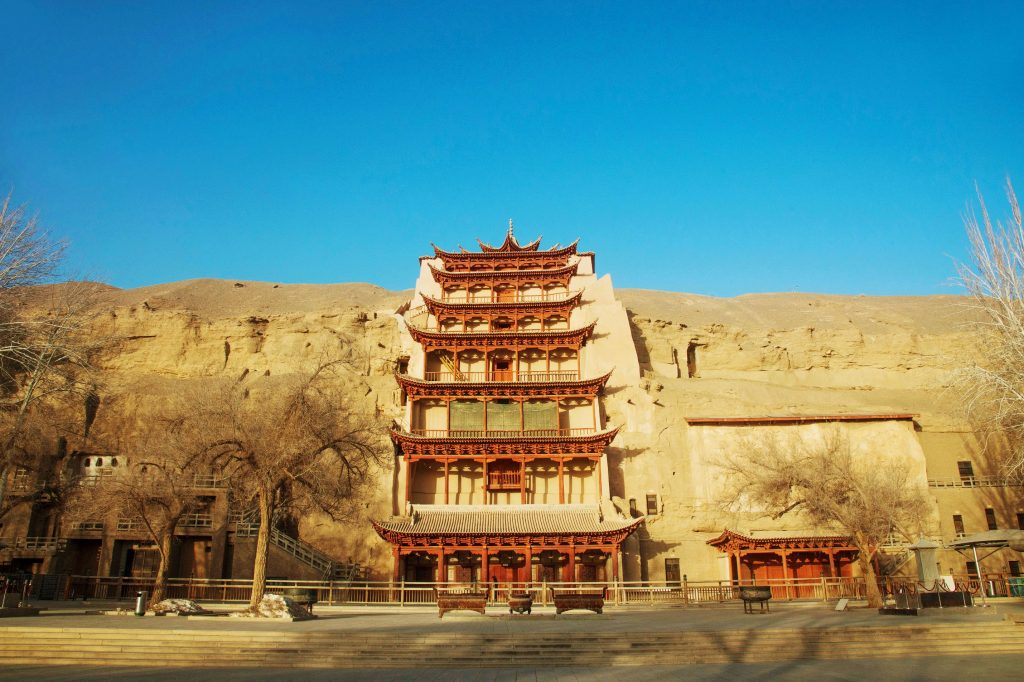
Both painted statues have a benign countenance, lovable eyes and elegant bearing. They look so vivid that they resemble pretty damsels of the earthly world rather than a goddess.
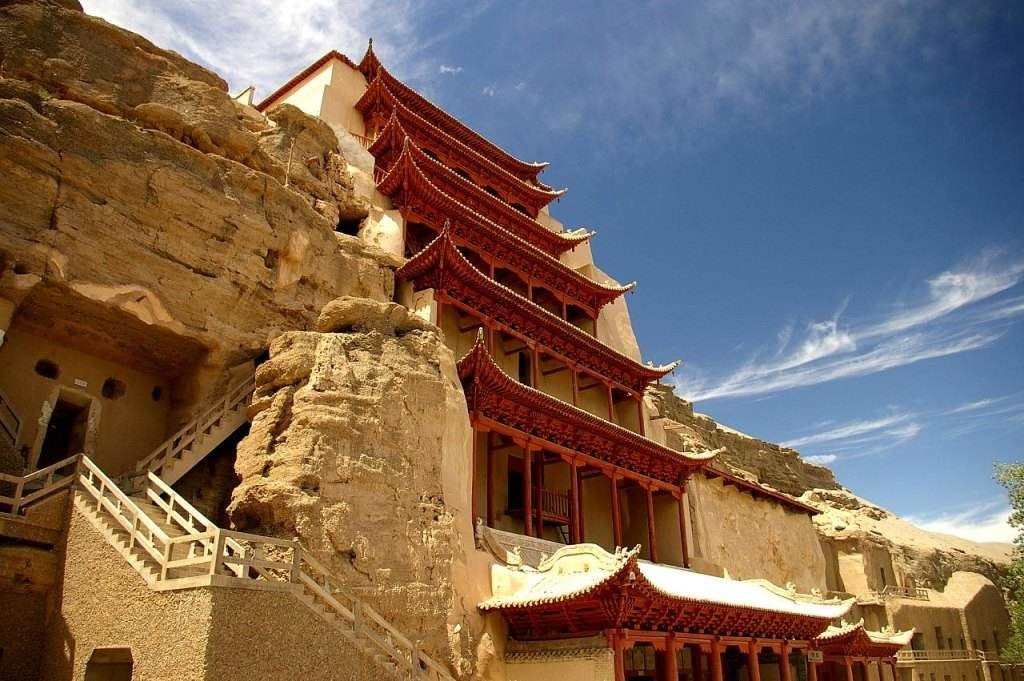
These sculptures demonstrate people’s devotion toward the benevolent Guanyin and eulogize maternal love and feminine beauty.
